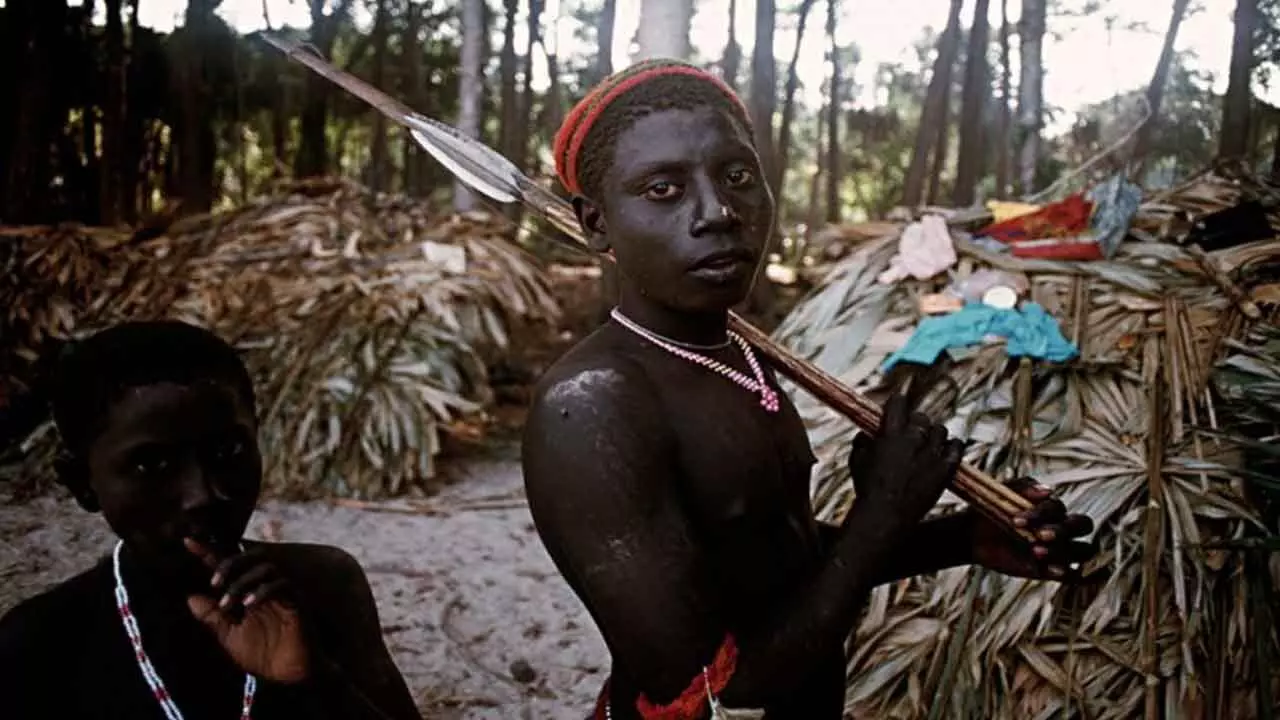Live
- California Wildfire Crisis: A Wildfire Apocalypse in Los Angeles
- Pullela Gopichand Meets Telangana CM Revanth Reddy, Praises Sports Initiatives
- CM Revanth Announces Local Body Elections and Farmer Welfare Schemes
- Nitish Kumar inaugurates medical college in Saran
- Akshay Kumar partners with POCO ahead of X7 series launch on Jan 9
- ACI recognition reinforces CSMIA’s role as global leader in airport operations: Jeet Adani
- PM Modi inaugurates projects worth Rs. 2.08 lakh crore in AP
- Gandhi Shilp Bazar National…. Sankranthi Sambaralu Shilparamam Madhapur
- Rajashekar Yasani: Shaping the future of cloud security on a global stage
- Karnataka Government Delaying Ayushman Bharat Scheme, Endangering Elderly Lives- MP Capt. Chowta









